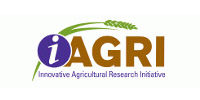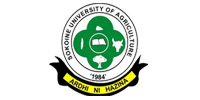OPAC
An online public access catalog (often abbreviated as OPAC) is an online database of materials held by a library or group of libraries. Users search a library catalog principally to locate books and other material available at a library.
Library OPACs first emerged in the late 1970s and early 1980s and have gone through several cycles of change and development. The basic purpose of the OPAC is to create a database of library holdings that provides an online catalog to help users easily identify and find resources. In other words, it presents the collection of a library to its users, usually through searching or browsing.
First generation (1960s and 1970s) OPACS used pre-coordinated indexes; second generation (1980s) came with keyword and boolean searching. Since then, improvements have been made to enhance the search: partial-match techniques, correcting spelling errors, keyword suggestion, “find similar”, term weighting. At the end of the 1990’s, the OPAC became available through the Internet, and several Integrated Library Systems are now fully Web-based
Other functionalities are offered through OPACs. Personal accounts allows the user to access personal information, check current loans, make a reservation, create personal queries and receive email alerts.




